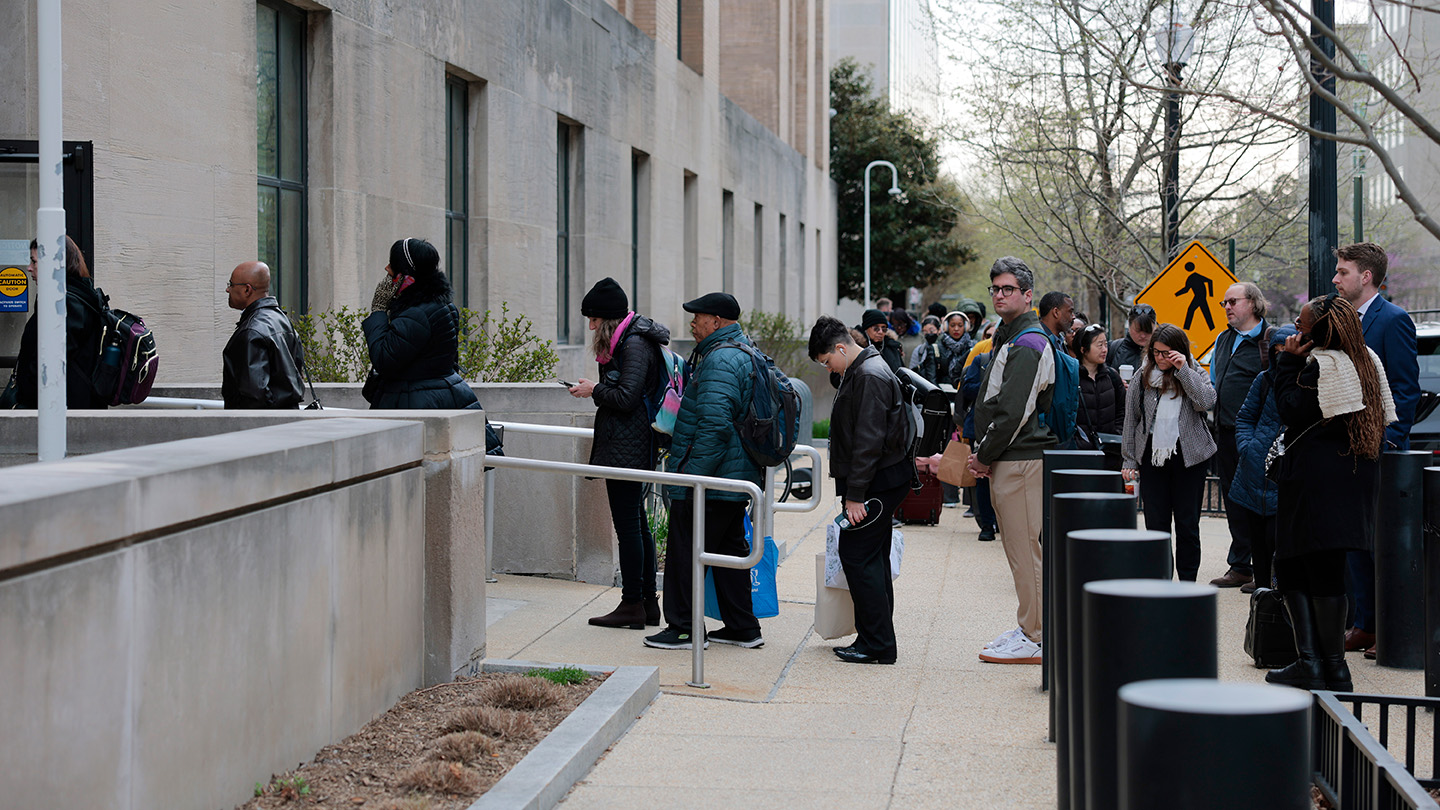Pandemic Preparedness in Peril: Budget Cuts Threaten America's Disease Defense

The Global Health Crisis: How Funding Cuts Are Leaving Us Exposed
Experts are sounding the alarm about a dangerous trend sweeping across the healthcare landscape: devastating funding cuts and massive layoffs that are systematically dismantling critical public health infrastructure. These reductions are not just numbers on a spreadsheet—they represent a serious threat to our collective safety and well-being.
From local community health programs to sophisticated global disease surveillance networks, the impact is far-reaching and potentially catastrophic. Public health professionals warn that these cuts are creating dangerous vulnerabilities that could leave entire populations defenseless against emerging health threats.
Local outreach programs, which have been instrumental in preventive care and community health education, are being gutted. Meanwhile, international monitoring systems designed to detect and respond to potential pandemics are being critically undermined. The result is a healthcare ecosystem that is increasingly fragile and reactive, rather than proactive and resilient.
"We're essentially dismantling our early warning systems," says Dr. Elena Rodriguez, a leading epidemiologist. "These budget cuts aren't just reducing services—they're compromising our ability to anticipate and mitigate health risks before they become full-blown crises."
As funding continues to shrink, the long-term consequences could be profound, potentially leaving communities more vulnerable to disease outbreaks, health emergencies, and systemic public health challenges.
